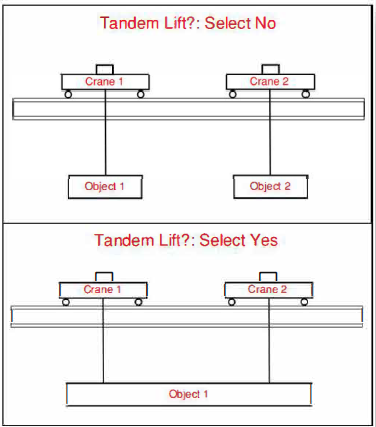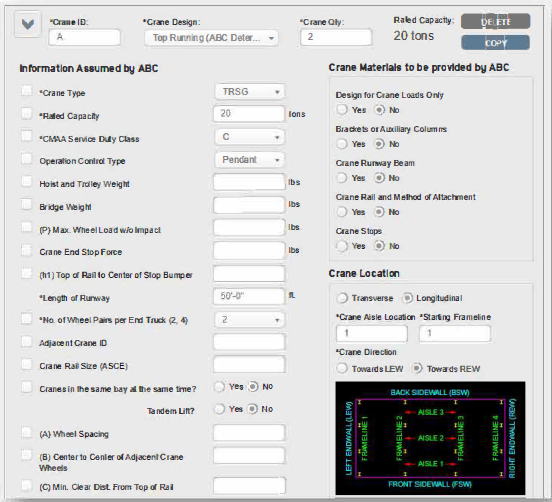May 2025
Engineering Tips: Tandem Lift Cranes Explained
A Tandem Lift is when two or more cranes pick up the same object at the same time. The reason why an object may be lifted in tandem could be the size of the object. Imagine having one pick point centered on a 5O ft object versus one pick point on each end.
Tandem Lift and cranes in the same bay at the same time are not synonymous with one another. Contrary to Tandem Lift, cranes that operate in the same bay at the same time are assumed to pick up two separate objects and be operating at the same time. See Figure 1 for a sketch showing when it is appropriate to include Tandem Lift in the project Order Document.

Why is Tandem Lifting Important?
The loading created by cranes is due to the anticipated movement of those cranes. When there are multiple cranes, the building codes consider that those cranes won’t be operating in unison. In other words, the cranes won’t be lifting, starting, stopping, or swaying side to side at the same time. If the cranes were to move in unison, it would put higher loads into the framing system. When multiple cranes pick up the same object, the cranes will move in unison and therefore the building design needs to incorporate the appropriate loading from this crane usage.
Communicating to American Buildings
When entering multiple cranes within a single crane aisle in eQuote, you may have noticed a new question on the input screen. The question asks if the cranes are “Tandem Lift?”

Summary
It is important to work closely with the Engineer of Record and End User to understand how the cranes will be used in the building. The new selection of Tandem Lift was added to eQuote to more clearly identify the type of crane operation described above. By identifying the Tandem Lift scenario at the quote stage, you can ensure that your building is adequately designed for the cranes and avoid delays in the design and fabrication of the project.
